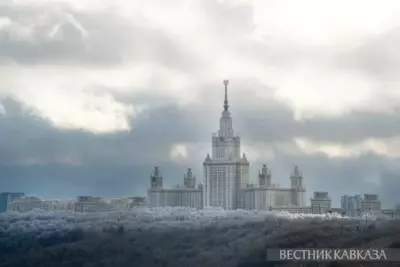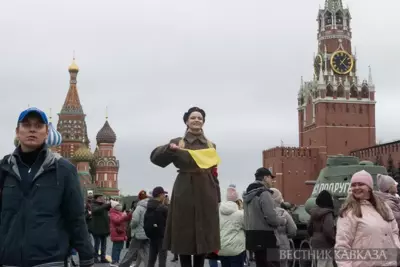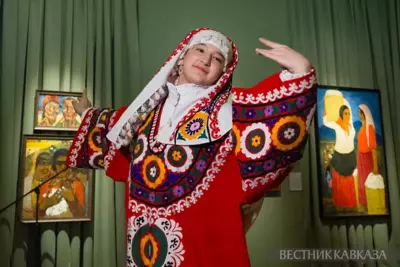Second most important and largest mosque of Istanbul - Suleymaniye - is considered the highest point of the Ottoman Empire's golden age, which is associated with Suleyman the Magnificent. He was often called "magnificent" in Europe, while Turks called their ruler Kanuni - "Legislator". Anyway, both nicknames reflected how popular he was.
Sultan Suleyman I was born in 1495 in Turkey, and reigned since 1520. His grandfather, Bayazid II Veli (Holy), whose rule is remembered as peaceful, initially appointed young Suleyman as representative of the Ottoman Empire in Crimea. That's why young Suleyman the Magnificent spent his youth in Kef - current Feodosia - which was residence of the Turkish governor at that time.
.jpg)
Father of the future Sultan Suleyman Selim I is remembered under nickname "Yavuz" (Terrible), and there's a belief that Tsar Ivan IV borrowed some features from his Turkish colleague, although Selim I died ten years before future Tsar was born.
.jpg)
After the death of Selim the Terrible, his son Suleyman took over the Empire, and thanks to him it reached its highest peak, including when it comes to culture. Young ruler allowed artisans and merchants from other countries, forcibly brought to Turkey during military campaigns, to return to their homelands. This step contributed to intensification of trade, which, at that time, was limited mainly to imports of goods.
.jpg)
Suleyman I adopted secular laws, while most countries of the Muslim East still had the Sharia law. Some historians say that Suleyman’s secular laws even had details that made it possible to take traditions of conquered countries into account. This allowed his empire to preserve stability.
.jpg)
Tenth Sultan of the Ottoman Empire personally led 13 military campaings, ten of them to Europe. He conquered Belgrade, the island of Rhodes, which was an important strategic point at that time, besieged Hungary, made alliance with France against Northern Italy, led several successful military campaigns against Venice...
.jpg)
Suleyman wrote poems, encouraged poets and architects. Mimar Koca Sinan (1489–1588), Turkish architect, whose talent marked highest point of Ottoman architecture, built three great mosques that are considered to be masterpieces of the world architecture - Selimye, Shahzade and Suleymaniye.
.jpg)
Suleymaniye is an architectural complex that amazes imagination not only with its uniqueness, but also special technologies that have allowed this mosque to survive through nearly hundred earthquakes over the centuries.
.jpg)
It is said that during the Suleymaniye's construction Persian Shah sent Suleyman a number of gifts, including diamonds, emeralds, and rubies, but Sultan saw them and thought that his counterpart believed that he didn't have enough funds to erect mosque, so he ordered to put all gems into one of the four minarets.
.jpg)
Suleymaniye was built in the middle of a huge garden. Courtyard can be accessed through 11 entrances. Dome of the mosque built so that any muslim, going inside the building to pray, was illuminated by beams of light, pouring from sky. 160 windows were installed for that.
.jpg)
Suleymain I died during one of the campaigns to Hungary in 1566. He was already over 70 years old. His body was brought back to his homeland. Even after that, Turks knew that during Suleyman's rule, they lived during empire's golden age.
.jpg)
Suleyman the Magnificent was buried in a mausoleum, which is a part of the Suleymaniye complex.
.jpg)
.jpg)
.jpg)
.jpg)
.jpg)
.jpg)
.jpg)
.jpg)






